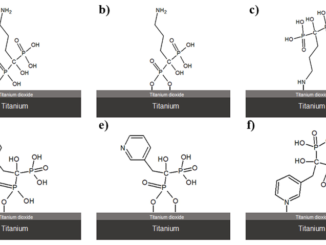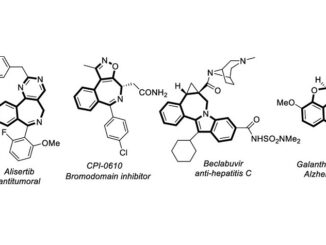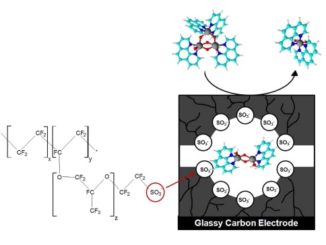
Physicochemical evaluation of hydrogen peroxide bleaching gels containing titanium dioxide catalytic agent, and their influence on dental color change associated with violet LED
Abstract:
Background
The purpose of this study was: 1) to analyze the physical-chemical properties of hydrogen peroxide (HP) agents at 7.5% (HP7) and 35% (HP35), and the association with or without TiO2 nanotubes; 2) to evaluate dental bleaching effectiveness by using HP7 and HP35 together with or without TiO2 nanotubes, and applied with or without violet LED (VL). Methodology: 80 bovine incisors were treated according to groups (n = 10): HP35; HP35 + VL; HP35T (HP35 + TiO2); HP35T + VL; HP7; HP7 + VL; HP7T (HP7 + TiO2); HP7T + VL. Bleaching effectiveness was measured at 4 time points according to the Vita Classical, CIELab*, CIEDE2000, and WID parameters. HP35, HP35T, HP7, and HP7T were evaluated for mass change, pH, mean particle size (P), polydispersity (PDI), and zeta potential (ZP), over 6 months of storage.
Results
The pH of HP35 thickener was higher when associated to TiO2. At baseline, both of the bleaching gels containing TiO2 had lower P, PDI, and PZ (p < 0.05). All groups showed a significant decrease in Vita Classical color scores (p = 0.0037). There was a higher L* value, and lower b* values for HP7 when associated to VL after the 3rd session. (p < 0.05). HP35T showed higher color change (ΔEab, ΔE00), and lower a* value in the presence of VL (p < 0.05). ΔWID presented lower values for both gels, when TiO2 was incorporated (p ≤ 0.05).
Conclusion
The incorporation of TiO2 to the bleaching gel showed good stability with minimal variations in physical-chemical properties. The color change in HP35 was more effective than in HP7, but the VL boosted the bleaching effectiveness of HP7, whereas TiO2 did not increase bleaching effectiveness.
Author(s): Carlos, N. R.; Basting, R. T.; do Amaral, F. L. B.; Franca, F. M. G.; Turssi, C. P.; Kantovitz, K. R.; Bronze-Uhle, E. S.; Lisboa Filho, P. N.; Cavalli, V.; Basting, R. T.
Photodiagnosis and Photodynamic Therapy
Published: March 2023
DOI: https://doi.org/10.1016/j.pdpdt.2022.103254
CDMF
The CDMF, hosted at the Federal University of São Carlos (UFSCar), is one of the Research, Innovation and Dissemination Centers (RIDC) supported by the São Paulo State Research Support Foundation (Fapesp), and also receives investment from the National Council Scientific and Technological Development (CNPq), from the National Institute of Science and Technology of Materials in Nanotechnology (INCTMN).




